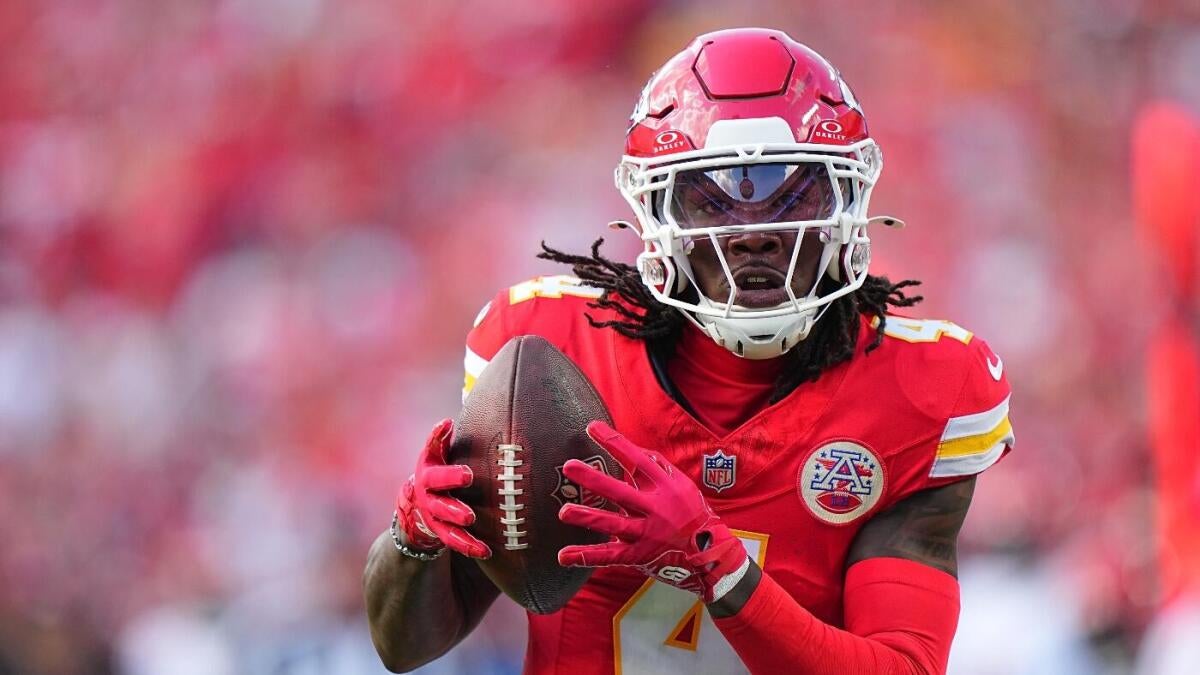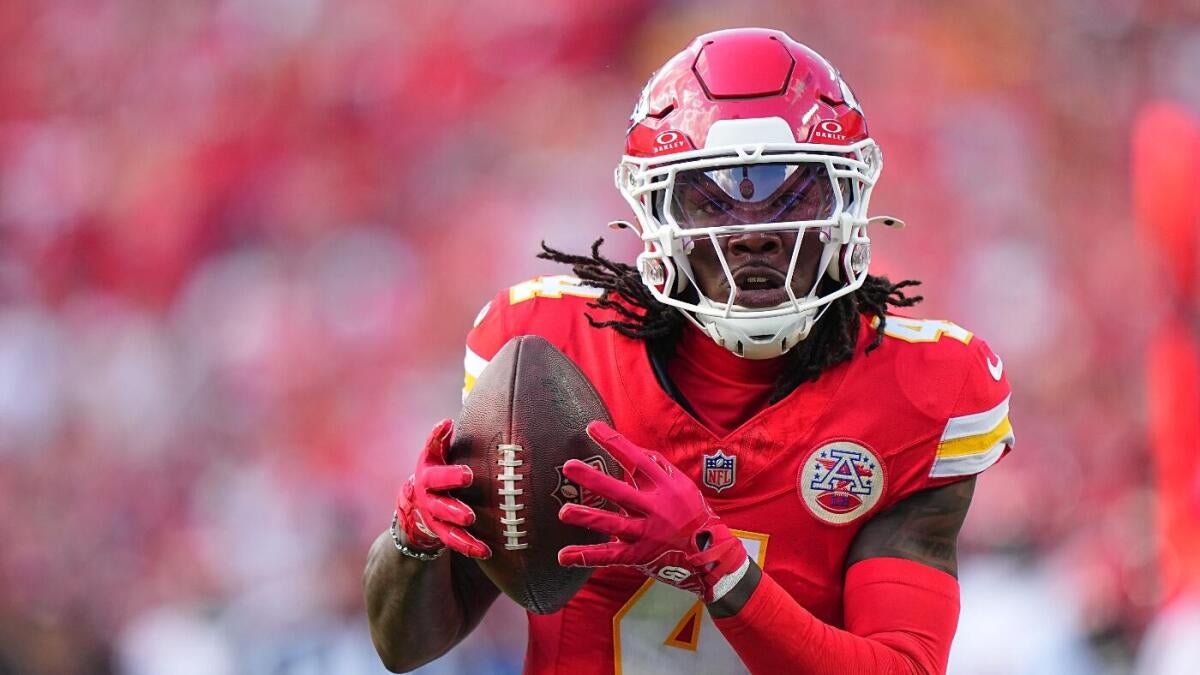The 2025 Fantasy Football Forecast: A Strategic Guide to Dominating Your League
The Evolution of Fantasy Football Analysis
Fantasy football has transformed from a casual pastime into a sophisticated analytical endeavor. The rise of advanced metrics, predictive models, and data-driven decision-making has revolutionized how managers approach the game. In 2025, the landscape is more complex than ever, with a plethora of tools and resources available to those willing to delve deep into the numbers. However, the human element remains irreplaceable. Understanding the nuances of player performance, team dynamics, and coaching strategies is crucial for making informed decisions.
The Role of Predictive Models in Fantasy Football
Predictive models have become a cornerstone of fantasy football analysis. These models simulate thousands of NFL seasons, identifying trends, projecting player performance, and highlighting potential breakout stars or busts. For example, a model might predict a significant regression for a quarterback who had an unusually high touchdown rate in the previous season. Conversely, it could identify a wide receiver with a high target share and strong underlying metrics as a breakout candidate.
However, predictive models are not infallible. They often struggle to account for unforeseen variables such as injuries, coaching changes, or shifts in team dynamics. Therefore, a balanced approach that combines data analysis with real-world observations is essential. Managers should use models as a tool to inform their decisions rather than relying on them exclusively.
Identifying Sleepers: The Art of Finding Undervalued Talent
Sleepers are the holy grail of fantasy football. These are players who are undervalued in drafts but have the potential to exceed expectations. Identifying sleepers requires a keen eye for undervalued talent and an understanding of the opportunities that may arise during the season.
One common type of sleeper is the rookie who seizes an opportunity due to injury or a change in the depth chart. For instance, a young wide receiver on a team with a new offensive coordinator known for his pass-heavy schemes could quickly become a valuable fantasy asset if he gains the coach’s trust during training camp.
Another type of sleeper is the veteran who finds new life in a different system. A running back who was previously stuck in a crowded backfield but has now moved to a team where he has a clear path to the starting job could be a prime candidate for a breakout season.
Avoiding Busts: The Pitfalls of Overvaluation
Avoiding busts is just as crucial as identifying sleepers. Busts are players drafted high who fail to live up to their ADP (Average Draft Position). These players can derail your season before it even begins, leaving you scrambling to fill the void left by their underperformance.
Busts often fall into several categories: aging veterans past their prime, players whose success was dependent on a specific scheme or situation, and players with injury concerns. Overhyped rookies can also be prime bust candidates.
To avoid busts, managers should look for warning signs such as declining production, a change of scenery, injury history, and overinflated hype. For example, a veteran player whose stats have been steadily declining over the past few seasons might be a risky pick. Similarly, a player who thrived in a specific system but has moved to a team with a different scheme or coaching staff could be a bust candidate.
Breakout Players: Riding the Wave of Success
Breakout players are those who make a significant leap in production, exceeding all expectations and becoming valuable fantasy assets. These players often emerge from obscurity to become household names.
Identifying breakout candidates requires a combination of talent evaluation, opportunity assessment, and a bit of luck. Look for players with untapped potential who are poised to take on a larger role in their team’s offense.
Key indicators of breakout potential include improved quarterback play, increased opportunity, scheme fit, and positive training camp reports. For example, a receiver who stands to benefit from an upgrade at quarterback could be a breakout candidate. Similarly, a running back who is in line for a larger workload due to injury or a change in the depth chart could be poised for a breakout season.
Crafting a Winning Draft Strategy
Armed with knowledge of potential sleepers, busts, and breakouts, fantasy managers must craft a draft strategy that maximizes their chances of success. However, it is crucial to remain flexible and adapt to the ever-changing landscape of the draft.
A successful draft strategy should prioritize value over positional needs. Don’t reach for a player simply because you need a running back or a wide receiver. Instead, focus on drafting the best available player at each pick, regardless of position.
Be prepared to adjust your strategy based on how the draft unfolds. If several of your target players are drafted earlier than expected, don’t panic. Instead, pivot to your backup plan and target players who are being undervalued.
The Human Element: Trusting Your Instincts
While data-driven models and advanced metrics provide valuable insights, they are not a substitute for human judgment and intuition. Fantasy football is as much an art as it is a science. Managers must trust their instincts and make decisions based on a combination of data, experience, and gut feelings.
For example, a manager might have a strong intuition about a player’s potential based on their performance in college or their work ethic in the offseason. While this intuition may not be backed by advanced metrics, it can still be a valuable factor in making draft decisions.
Conclusion: The Future of Fantasy Football
The 2025 fantasy football season promises to be another exciting chapter in the ongoing saga of the game. With the rise of advanced analytics and predictive models, managers have more tools than ever at their disposal. However, the human element remains irreplaceable. By combining statistical analysis with real-world observations, managers can gain a competitive edge and increase their chances of building a championship-winning team.
Embrace the challenge, trust your instincts, and may the best team win. The future of fantasy football is bright, and those who are willing to adapt and innovate will be the ones hoisting the championship trophy.












